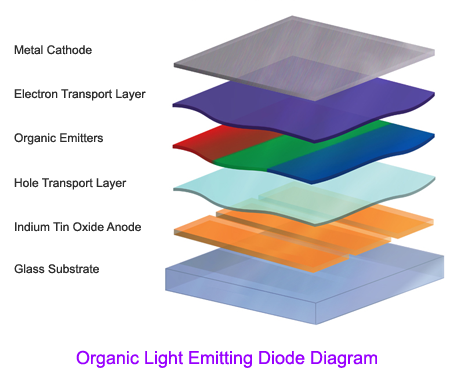< Back to all posts
Sony BVM-E250 OLED Monitors; The Real Deal or Another Buzzword
With every blink of an eye a new technology bursts onto the market. Manufacturers know this, and often pump fashionable buzzwords into technology to make it feel fresh, even when it’s not. A prime example is LCD and LED televisions. Branded as different televisions both are actually LCD television. The traditional LCD televisions uses a cold cathode backlight where an LED branded television is actually an LCD screen with an LED backlight. In countries such as the U.K. the term LED television has been withdrawn from advertising as the televisions are actually LCD.
 To not cause confusion manufacturers of video production master quality monitors have started using OLED technology. OLED stands for Organic Light Emitting Diode. By the process of electroluminescence an electric currents passes through each diode to create illumination. This allows for better color depth and contrast ratios. OLED does not require a backlight and this allows for extremely thin monitors. With this extremely slender potential manufacturers have even created prototypes for flexible and transparent OLED monitor technology. Imagine riding a train and instead of billboards watching advertisements through the window with the skyline as a backdrop through a transparent and flexible OLED monitor.
To not cause confusion manufacturers of video production master quality monitors have started using OLED technology. OLED stands for Organic Light Emitting Diode. By the process of electroluminescence an electric currents passes through each diode to create illumination. This allows for better color depth and contrast ratios. OLED does not require a backlight and this allows for extremely thin monitors. With this extremely slender potential manufacturers have even created prototypes for flexible and transparent OLED monitor technology. Imagine riding a train and instead of billboards watching advertisements through the window with the skyline as a backdrop through a transparent and flexible OLED monitor.
But let’s not get ahead of ourselves. For video production, Sony has come out with the largest OLED master quality monitors. The Sony BVM-E250 and BVM-E170 professional OLED master monitors have 24.5 inch and 16.5 inch diagonal size. These two BVM-E series monitors come equipped with 2 HD and SD/SDI ports, an HDMI port, and a display port. These BVM-E series monitors also have a dedicated 12 bit output accuracy digital signal process for the highest quality output possible. The BVM-E250 monitor uses 72 watts with the standard HDMI input and default setting and uses a maximum of 145 watts, as opposed to the 210 maximum watts that the tradition BVM-A series CRT monitors used. The new Sony BVM-E series OLED technology are efficient and have great contrast and color. They don’t need buzzwords to flesh out its marketing.
Do you own or have you seen an OLED monitor in action? Does your camera and video production crew use this tech? Let us know what you thought of it.







Leave a Reply